FMC Landfill one step ahead of the clock
By Kelly Terpstra, kterpstra@charlescitypress.com
Just like the mail, the garbage never stops.
It’s a reality that the Floyd–Mitchell–Chickasaw Landfill near Elma faces on a daily basis.
The landfill is ready to open some more ground in what is a race against time and accumulation of refuse that ranges anywhere from sofas to dead animal carcases — but definitely no TVs or tires.
The regional sanitary landfill, which sits on the outskirts of the Mitchell County line, opened in 1973. It features 200 acres of tillable ground — 365 acres all told if you include its ponds.
The waste management site is currently undergoing some remodeling as it will dig and construct another five acres into what is called a cell. There are currently two cells in use that store garbage, then are plowed over with dirt and sand to create a slope.
“We work in lifts, so we can only move up a max of 12 feet each time. That’s the highest we can go,” said Jimmy Geerts, an FMC Landfill operator on site.
As simple as that sounds, there is still some math needed to be done to calculate how to properly maintain and bury the garbage in the cells.
“You can’t just fill a landfill straight up in the air. There’s tons of angles,” said FMC operator David Pitz.
Each cell is lined and connected, or overlapped. The new cell will cost around a million dollars to construct and should be finished by next spring. The life expectancy of the third cell is around 10 years.
Cell two has another two years of use in it, according to Joel Voaklander, chairman of the FMC Landfill board of directors. The first cell or phase was in full operation mode by 2007 after the original cell was closed down.
That old and dormant cell, which began taking on garbage when FMC became operational 45 years ago, didn’t face today’s current regulations and was also without a liner. That 40 acres, which is unseen to the eye, could have been better used, according to Voaklander.
“There was so much land and area wasted in this first cell that it’s a shame,” he said.
The landfill board consists of 27 people who represent the towns from the three different counties. Each member is elected to the board by its city council. The executive board meets once a month and the full board meets once every quarter.
Charles City’s representative on the board is council member Jerry Joerger.
The landfill site sits on 90 feet of blue clay that runs deep, down inside the earth. Voaklander said plans call for seven five–acre cells to be built right next to each other.
“We’re marching west,” said Voaklander. “The whole thing is supposed to be about 70 years of life.”
Voaklander stressed the importance of being aware on what is coming into the site and how that affects his day–to–day mindset.
“We always have to be cognizant of how much life we have left,” said Voaklander. “We need to have that new cell online.”
There will be a time, long after Voaklander is gone, that additional new cells will have to be built — assuming FMC will still be in operation that far down the road.
“Even when the day comes when they got the seven cells here, they will probably be building another one somewhere else here on this property,” said Voaklander.
The inner workings of the facility continue to surprise operator Pitz. He talked about the decision to ban cardboard made earlier this year. There is now a fine for dumping it on site. There is also a dumpster that cardboard can be placed in to be recycled.
“It’s not rocket science, but there’s so much more to it that you don’t understand in a day’s time what you do,” said Pitz, about the operation of the site as a whole.
It’s not a pleasing thought, but there always has to be a protocol should a natural disaster like a tornado take place. The sheer amount of debris that would cause could be a problem for the landfill to deal with if it’s not prepared for such a calamity.
“On our end of it, if Charles City or Osage gets hit by a tornado, we’re going to be filled up in no time and we’ll have nowhere to go,” Pitz said. “We have to plan ahead a little bit.”
Pitz said FMC takes serious steps to make sure the landfill is in compliance with all forms of regulations and tests are done on a daily basis.
“We’re pretty proactive about trying to better our facility for the customer and communities,” said Pitz.
Leachate — which is liquid that has passed through garbage — is monitored, as well as water levels inside the liners. There is to be no more than a foot of water inside the liners.
Pitz said each cell has its own plumbing system for leachate and water runoff. Water runoff is also pumped into a lagoon.
“If there’s too much water the garbage will start floating. You want it to stay settled,” said Pitz.
Pitz also said rain will make the ground bubble because of the methane oozing out to the surface from the decomposing garbage.
Pitz said the facility is too small to utilize the gas, but did say some landfills use that gas for energy or to provide electricity to their sites.
The smell of a landfill can be unpleasant, but Geerts remembers the day when some defective candles were dumped on site.
“It smelled good for about four days,” said Geerts with a long smile.

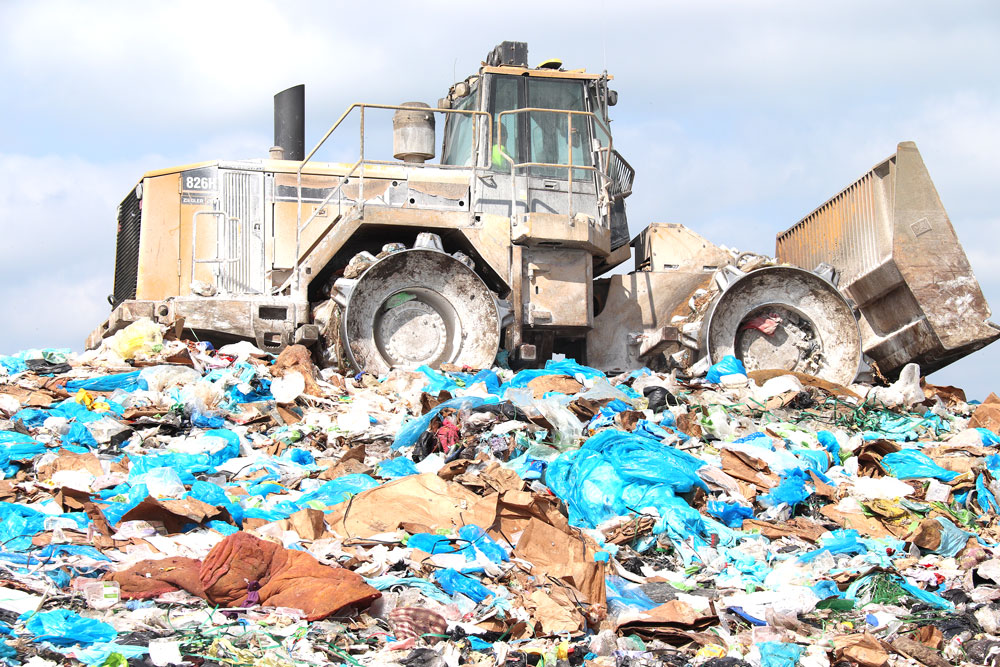
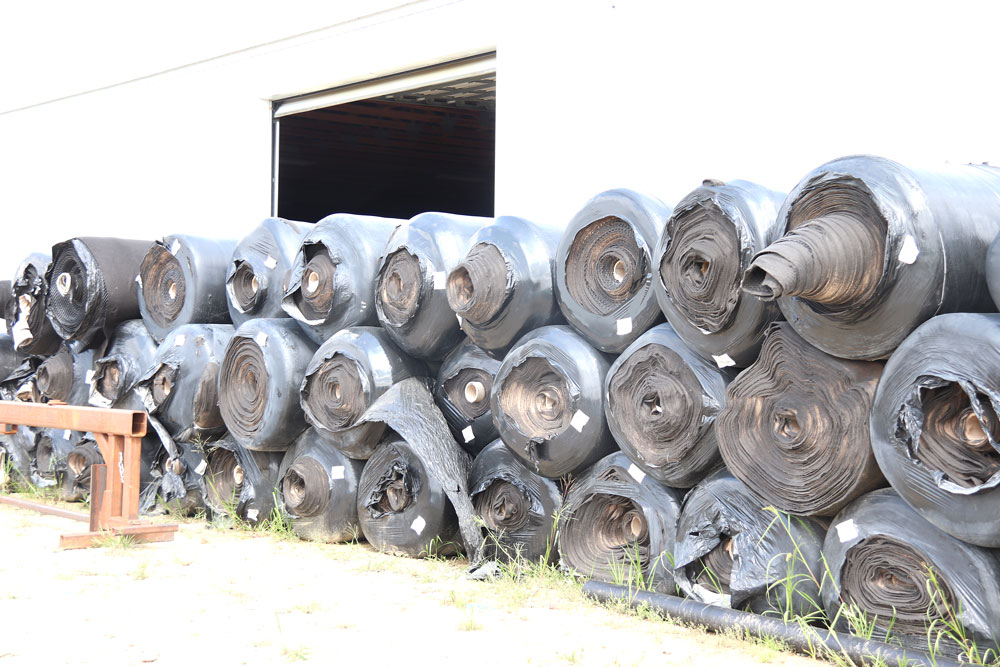
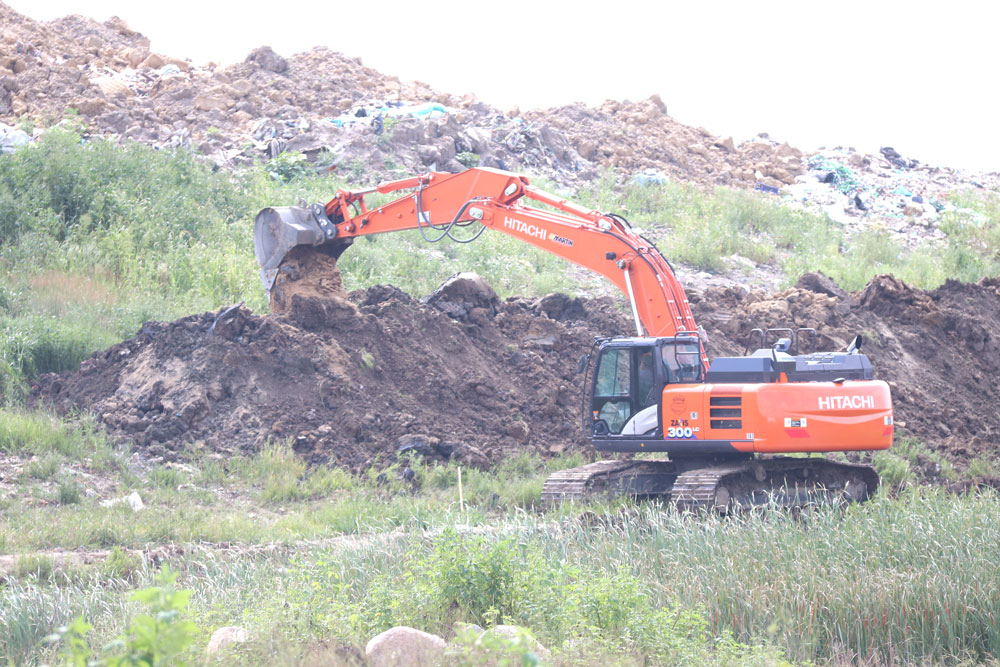
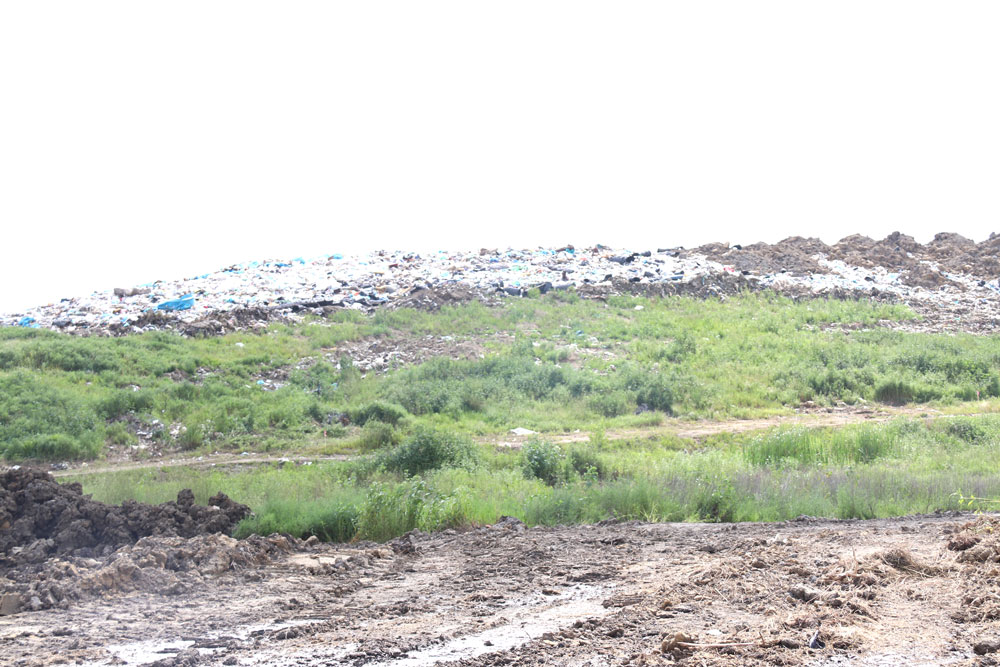
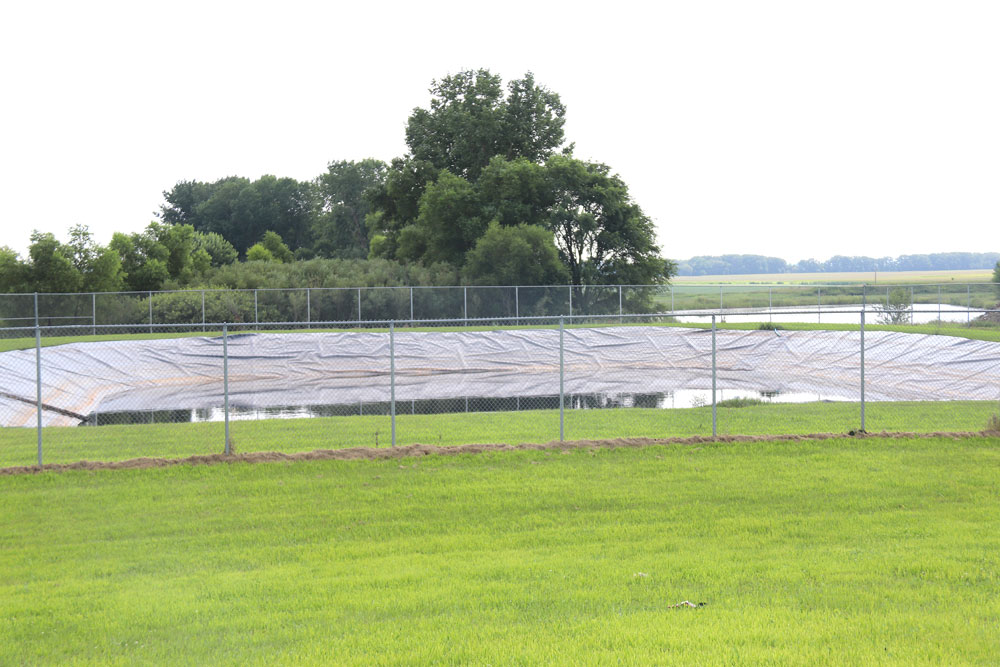

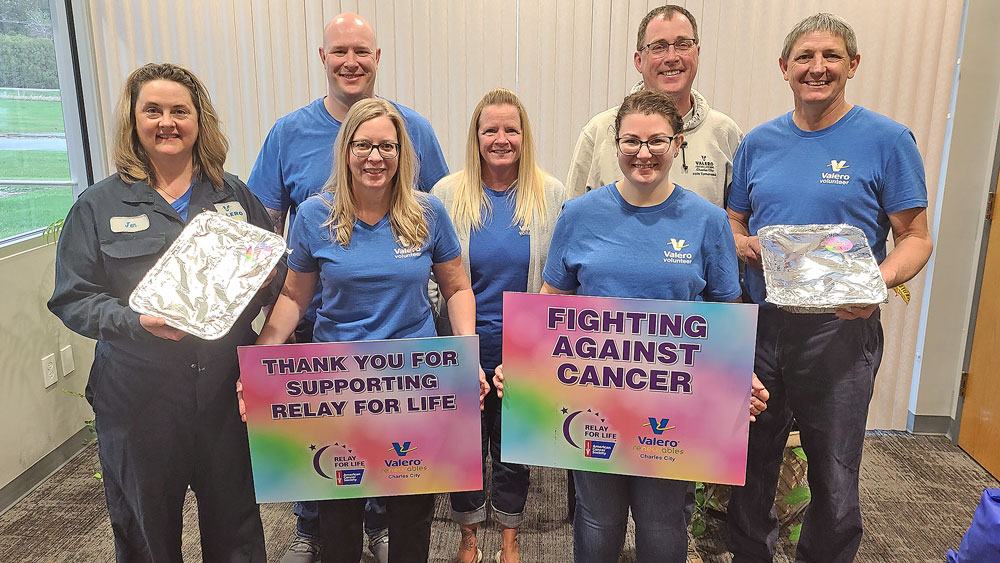




Social Share